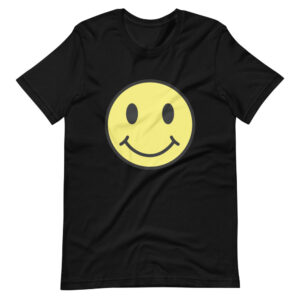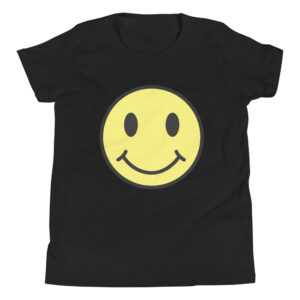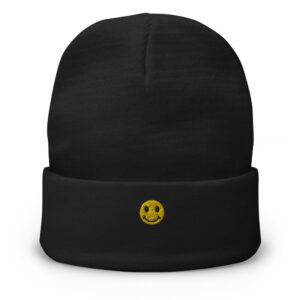-
×
 Have a Nice Day T-Shirt
1 × $111.00
Have a Nice Day T-Shirt
1 × $111.00
From Beaches to Boardrooms, Linen Keeps Winning
Linen isn’t just a fabric. It’s a seasonal ritual. As soon as temperatures rise, it seems to reappear everywhere—from relaxed beach sets to sharp city tailoring. But why does linen keep returning every summer with such consistency? The answer lies in its unique blend of comfort, practicality, and timeless style.
It Breathes Better Than Almost Anything Else
One of linen’s most enduring qualities is its breathability. Made from the fibers of the flax plant, linen has a looser weave than cotton, allowing more air to flow through the fabric. This natural ventilation keeps you cool on even the hottest days, which is why it’s been a summer staple for centuries across cultures and climates.
Whether you’re exploring a humid city or lounging by the sea, linen offers a kind of relief that synthetic fabrics simply can’t replicate. The lightness you feel isn’t just psychological—it’s built into the structure of the fabric.
Moisture Wicking with Style
Linen not only keeps you cool, it also absorbs moisture without clinging to your body. Unlike polyester or nylon blends, it doesn’t trap sweat or heat. Instead, it absorbs and releases moisture quickly, making it ideal for hot climates or long days outside. Even better, it does this while maintaining a crisp, organic texture that’s both casual and chic.
This ability to look polished while feeling comfortable is why linen keeps coming back in warm-weather wardrobes, especially in modern settings where transitional dressing is key.
Wrinkles That Work in Its Favor
One of the reasons linen fell out of favor for a time was its tendency to wrinkle. But in recent years, the fashion world has done a full 180 on this. Rather than being a flaw, linen’s wrinkles are now embraced as part of its charm. The relaxed texture signals ease, effortlessness, and authenticity.
Designers now lean into that lived-in look, producing linen garments that feel intentional rather than unkempt. Linen suits, shirt dresses, and wide-leg pants have all been reimagined with this updated mindset, making the material more versatile than ever.
Sustainable and Easy on the Planet
Today’s fashion consumers are also paying more attention to sustainability—and linen checks the right boxes. Flax is a hardy plant that requires less water and fewer pesticides than cotton. Almost every part of the flax plant is usable, reducing waste and environmental impact.
For shoppers trying to lower their footprint, linen offers an eco-friendly alternative that doesn’t feel like a compromise. The longevity of linen also means fewer replacements, helping reduce overall consumption.
From Resort Wear to Everyday Staples
Once reserved for vacation looks, linen has now found a permanent place in everyday wardrobes. Brands are expanding their linen collections beyond shirts and trousers, offering structured blazers, jumpsuits, and even tailored dresses made entirely from flax fibers.
What was once limited to tropical holidays is now worn in offices, cafes, and everywhere in between. This shift has only strengthened linen’s seasonal comeback, proving it’s no longer niche—it’s essential.





